Tech News
8 Cool Space Photos and Videos from the Last Two Weeks (Sep 2-Sep 15)
The last two weeks in space have brought us lots of highly-anticipated events and amazing discoveries. From mission launches to galactic spectacles, here's our pick of the top eight pictures and videos you need to see.
1 The Galaxy Cluster MACS-J0417.5-1154
Scientists are always trying to answer questions in space, so it's quite convenient that space has a giant question mark of its own. This galaxy cluster, dubbed "The Lensed Question Mark" due to its apparent representation of the punctuation mark with the same name, is so massive that it warps the fabric of space-time. This effect, known as gravitational lensing, makes galaxies appear multiple times in images. See if you can spot the pattern that represents the top of the question mark in four other places in the image, even though, in reality, it exists only once.
The presence of actively forming stars in the dusty galaxy and the intact nature of the white spiral galaxy suggest that we are seeing only the start of their interaction. The galaxy that forms the lower dot of the question mark is an unrelated galaxy that just so happens to be in the right place and at the right space-time from our perspective to appear to complete the punctuation mark.
Read More: NASA, Webb Telescope
2 The Spiral Galaxy NGC 5668
Talking of spiral galaxies, here's another one, located 90 million light-years away from Earth (which is relatively close in space terms) in the Virgo constellation. On first viewing, it seems like a "normal" galaxy, similar in width to the Milky Way (around 90,000 light-years across), and boasting spiral arms reaching out from its center.
However, scientists have discovered that NGC 5668 is actually forming stars 60% more quickly than our home galaxy, a phenomenon supported by its presence of rapidly moving gas and clouds. More specifically, according to the European Space Agency, "high-velocity clouds of hydrogen gas have been tracked moving vertically between the disc of the galaxy and the spherical, faint halo which surrounds it. These can be produced by the strong stellar winds of hot, massive stars, and they contribute gas to new star-forming regions." The yellow glow in the center represents older, cooler stars, while the bluer stars towards the edge of the spiral are newer and hotter.
This rapid rate of star formation results in relentless supernova explosions, three of which have been observed since 1952.
3 Asteroid RW1
It's amazing to think that the asteroid that caused this spectacular glow over the Philippines was only about a meter in width! Spotted by astronomers only a few hours before it collided with and burnt up in our atmosphere, RW1 was traveling at around 17.6 kilometers per second. However, its relatively insignificant size meant that it never had any prospect of endangering us on Earth's surface. If it had been larger—to the extent that it could have caused some damage—it would almost certainly have been much brighter and detected much earlier. This would have given NASA the chance to deflect or slow its movement, a technique successfully tested in 2022 through the Double Asteroid Redirection Test (DART), which was fired at the moonlet Dimorphos.
4 Mercury Flyby
The ESA/JAXA BepiColombo mission is using Mercury's gravity during six flybys to bring it closer to the planet's orbit. This image was from around 165 km above Mercury's surface on Wednesday, Sep 4, during its fourth flyby, with the spacecraft scheduled to enter orbit in November 2026. Frank Budnik, BepiColombo Flight Dynamics Manager, says, "We are right where we wanted to be at this moment," and being at this altitude gave the team "the chance to take photos and carry out science measurements."
5 Boeing's Starliner Lands on Earth
The "stricken" Starliner has returned to Earth uncrewed, leaving its astronauts on the International Space Station. It traveled in autonomous mode after technical problems meant that it was too risky to return with Butch Wilmore and Suni Williams on board. Details about Boeing's space travel future have yet to be confirmed. The spacecraft successfully made it through the Earth's atmosphere and landed at the White Sands Space Harbor in New Mexico on Saturday, Sep 6, at 23:01.
6 Sunset from the ISS
Matthew Dominick, one of the four SpaceX Crew-8 mission astronauts, snapped this magnificent shot of sunset on Earth on Sunday, Sep 8. The mission, launched on Mar 4, will involve scientific research, such as "using stem cells to create organoid models to study degenerative diseases, studying the effects of microgravity and UV radiation on plants at a cellular level, and testing whether wearing pressure cuffs on the legs could prevent fluid shifts and reduce health problems in astronauts," among over 200 other experiments.
7 Mars' Inhospitable Surface
NASA's Persevere continues to beam back some fantastic images of Mars. We recently showed you a close-up of some of our neighbor's rounded rocks, and this image gives you a wider angle of its baron landscape. Paul Byrne, Associate Professor of Earth, Environmental, and Planetary Science at Washington University in St Louis, said the image has had its "color balanced and corrected and vignetting reduced to better match human vision."
8 Polaris Launch and Spacewalk
Image Credit: SpaceX/X
We finish with the biggest event of the last two weeks—the Polaris Program. The Falcon 9 mission launched Polaris Dawn on Tuesday, Sep 10, to low-Earth orbit from NASA's Kennedy Space Center in Florida. The crew will spend five days "flying higher than any Dragon mission to date" and reaching "the highest Earth orbit ever flown." The team will conduct scientific research to help advance human health on Earth and better understand how future long-duration spaceflights can affect human health in space.
The crew also conducted a spacewalk at around 570 km above Earth on Thursday, Sep 12. It was the first-ever commercially-funded spacewalk—also known as extravehicular activity, or EVA. This spacewalk was different, though, as all four crew members were exposed to the vacuum of space for the first time. This is because the Crew Dragon does not have an airlock, so when the hatch opened, the two crew inside the vehicle experienced conditions similar to those of the two astronauts on the outside.
When you subscribe to the blog, we will send you an e-mail when there are new updates on the site so you wouldn't miss them.


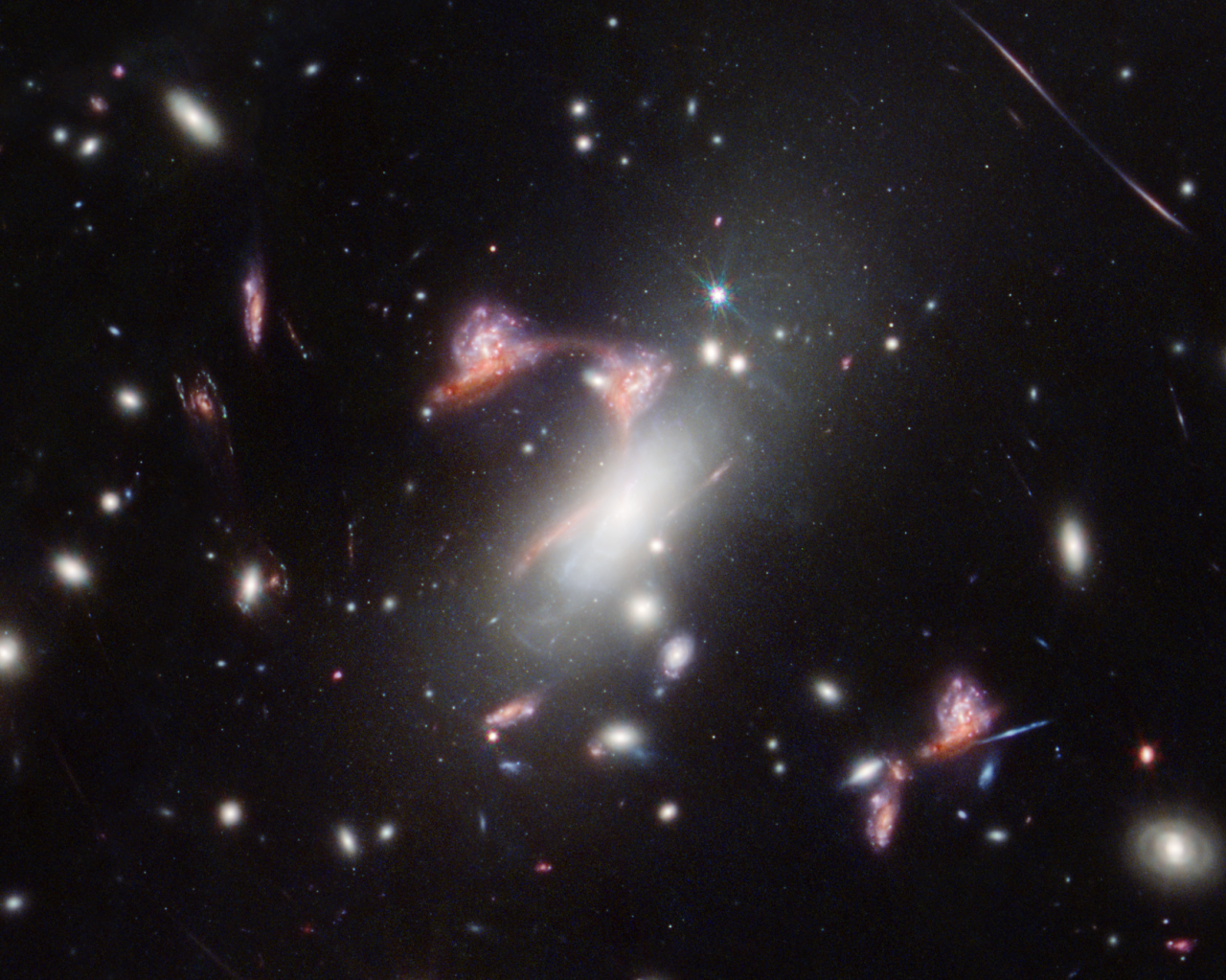
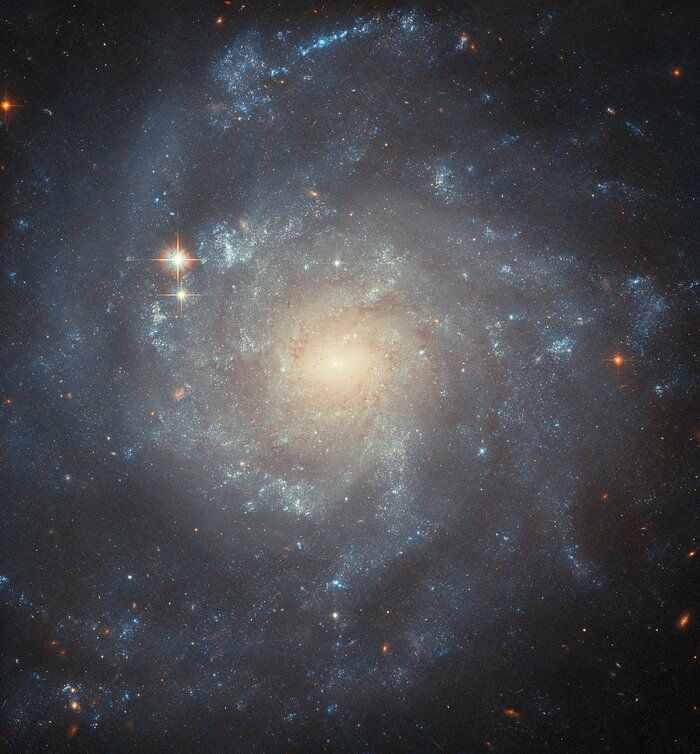
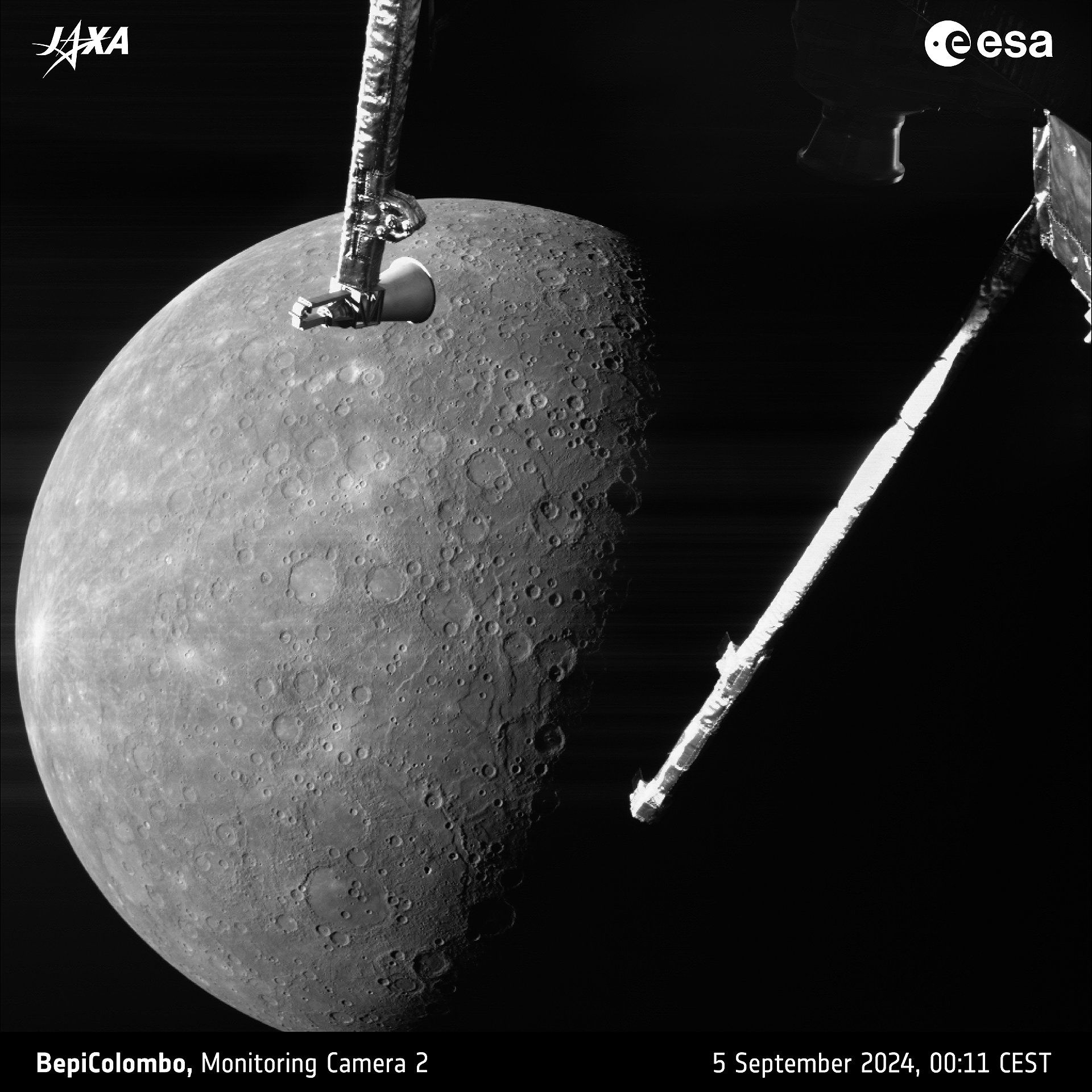
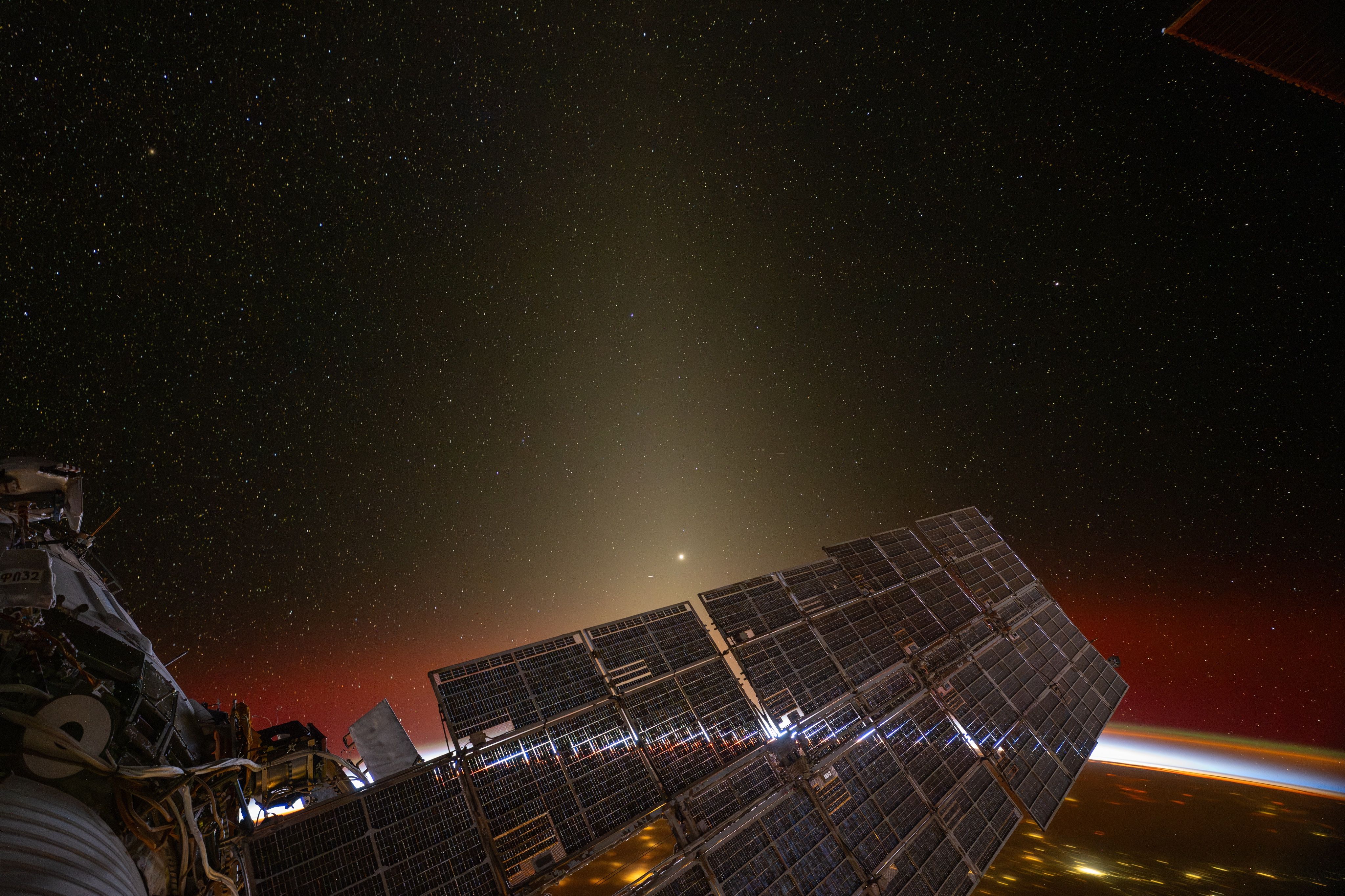
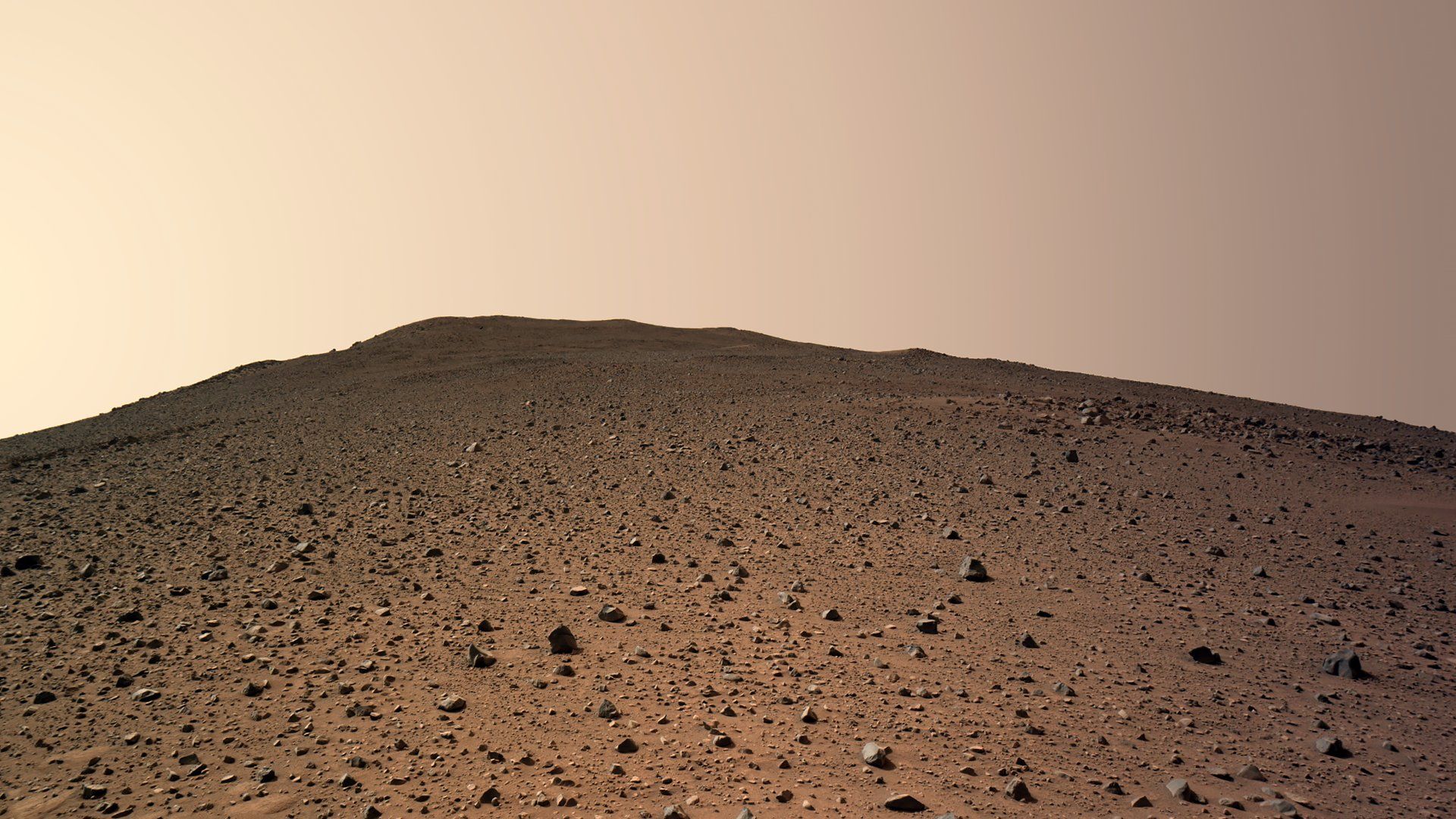

Comments